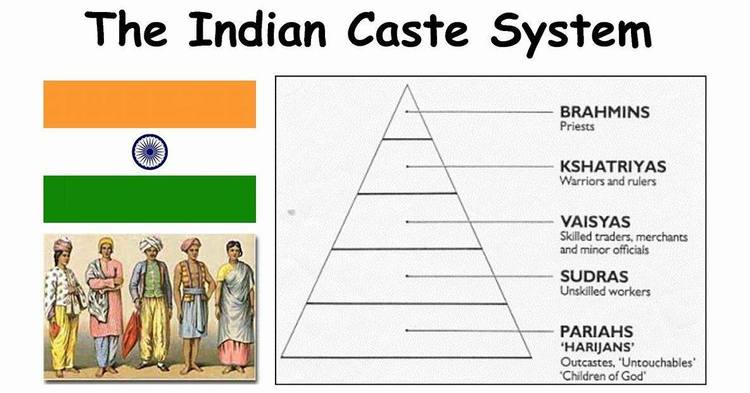


By Steve Sailer
10/02/2020
Following up my review in Taki’s Magazine of the bestseller Caste by Isabel Wilkerson, I’m reminded that many of the practices of the Hindu caste system sound like our current Social Distancing festishes gone nuts. From Wikipedia’s article on caste in Kerala in southwestern India:
The entire Malabar region had strict pollution rules that were considered by the observers to be the most extreme in all of India. Lower caste people could only use separate paths and their houses were in places where they could not be seen. Lower castes can pollute a Brahmin or Nair not by mere touch but also coming within certain feet from them. … The lower castes were known as tintal jati, i.e. castes which pollutes at a distance. …
The lower castes, particularly the Pulayars were not even allowed to breathe the same air with the other castes or use a public pathway. A lower caste person could pollute a higher caste person by merely coming within certain distance from him or in extreme cases the pollution is transmitted even by simply seeing a lower caste person. If by accident he was there and he sees an approaching Nair or a Brahmin, he must make a loud howling sound to warn the upper castes from getting near until he went away or climbed up a tree. If a Nair meets a Pulayar in the highway by accident, he cuts him down like a others cut an unpleasant animal. The Nair’s right to kill any Pulayar imminently he met on the pathway is confirmed by almost all visitors to Kerala.
… Pollution rules were also observed in touching and sexual intercourse with the lower castes. … Pollution by approaching a Muslim, Christian or a Jew is not observed but their touch is considered polluting. The custom for removing pollution is a bath by complete immersion in water.[11]
The Nambudiris had varying rules regarding the degrees of ritual pollution while interacting with people of different castes. In return, most castes practised the principles of untouchability in their relationship with the other regional castes. Untouchability in Kerala is not restricted to Hindus, and George Mathew says that, “Technically, the Christians were outside the caste hierarchy, but in practice a system of inclusion and exclusion was developed …”. Among Christians, the established Syrian Christians also practised the rules of untouchability. …
The rules of untouchability were severe to begin with, and they were very strictly enforced among Hindu communities by the time of the arrival of the Dutch East India Company in the 17th century.[4] Robin Jeffrey, who is a professor specialising in the modern history and politics of India, quotes the wife of a Christian missionary, who wrote in 1860 that:
… a Nair can approach but not touch a Namboodiri Brahmin: a Chovan [Ezhava] must remain thirty-six paces off, and a Pulayan slave ninety-six steps distant. A Chovan must remain twelve steps away from a Nair, and a Pulayan sixty-six steps off, and a Parayan some distance farther still … Pulayans and Parayars, who are the lowest of all, can approach but not touch, much less may they eat with each other.
The Indians kept terrible historical records (compared to, say, the Chinese), so we don’t yet have much of a clue why the caste system emerged, although the new science of ancient genetics offers strong hope that we will someday be able to tell conclusively when it emerged relative to the Aryan invasions.
So here is some top of the head speculating: Maybe the Aryans said to themselves: “We used to live by ourselves on the northern steppe, where we were poor and cold, but we were healthy. Now we live in India amongst all these Indians we conquered. We are rich and warm, but sickly. It must be the presences of these lesser peoples who are sapping and impurifying all our precious bodily fluids.”